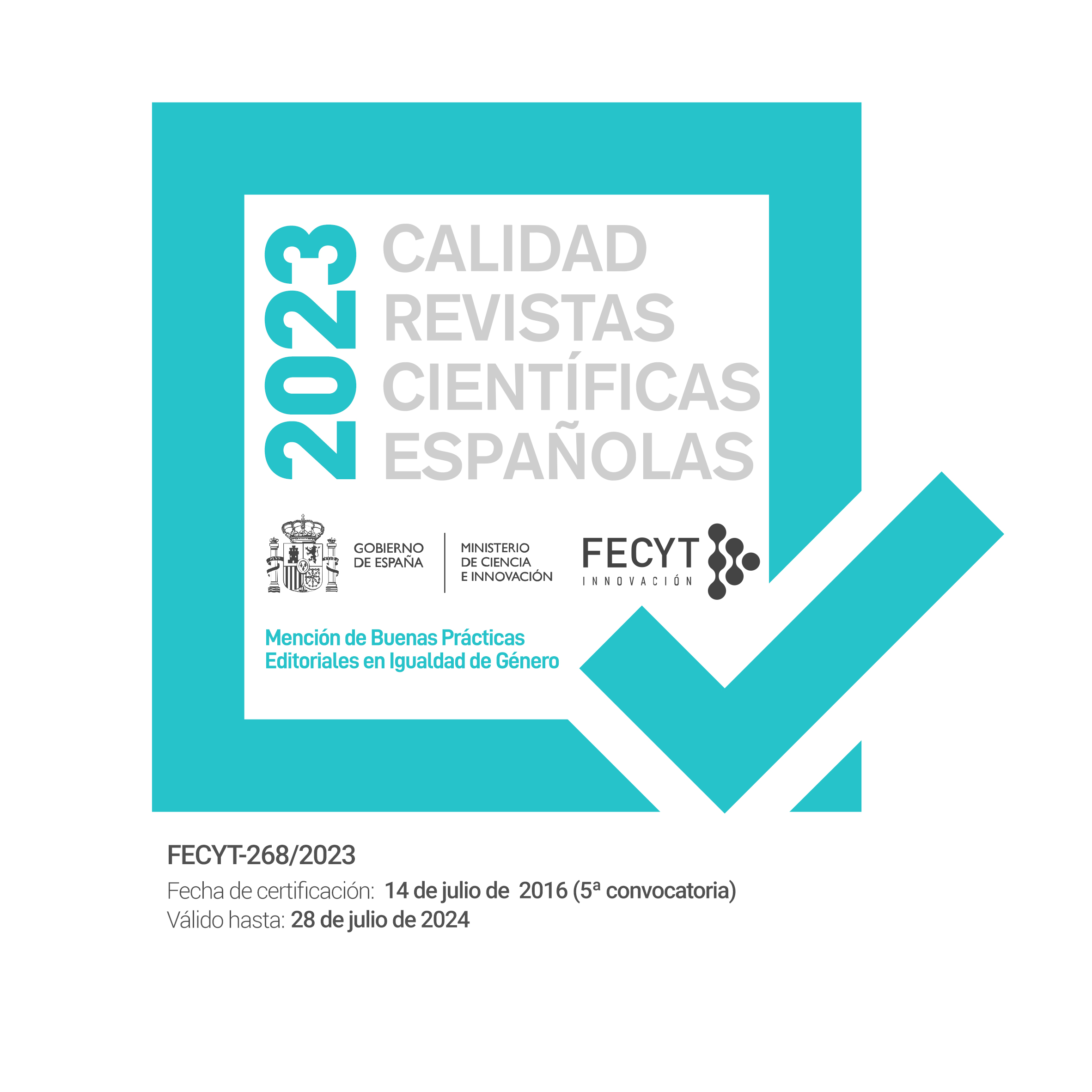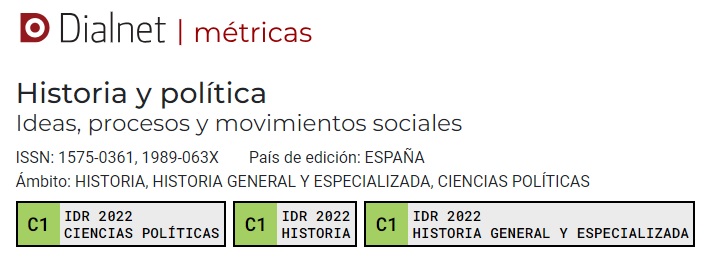Los límites del «Pueblo soberano»: territorio, nación y el tratamiento de la diversidad. Argentina, siglo XIX
Abstract
This article analizes the nation in association with the principie of the sovereign people, and discusses the definition of the inclusión/exclusión limits as a two-fold identification process: that of the elements or principies on which the selection is made, and that of the human group/s to whom such principies are applied. The case study is focused on the Rio de la Plata región along the 19th Century. The territorial principie, which was selected as the main basis of the nation building process, articulated the handling of the ethnic and phenotypical diversity of the population and re-sulted in the definition of the limits of the «sovereign people». A explana-tory metaphor is proposed (the alchemy of the land, alternative to the in-creasingly disregarded melting pot), in which the territorial principie operates both as the foundation of the inclusión/exclusión limits and the basic element for the integration of diversity.Downloads
Downloads
Published
Issue
Section
License

This work is licensed under a Creative Commons Attribution-NonCommercial-NoDerivatives 4.0 International License.
Authors whose contributions are accepted for publication in this journal, accept the following terms:
a. The authors retain their copyright and guarantee to the magazine the right of first publication of their work, which will be simultaneously subject to the Creative Commons Attribution License Attribution-Noncommercial-No derivative works 4.0 Spain, which allows third parties to share the work as long as its author and its first publication is indicated.
b. Authors may adopt other non-exclusive license agreements to distribute the version of the published work (e.g. deposit in an institutional repository or archive, or published in a monographic volume) provided the initial publication in this journal is indicated.
PLAGIARISM AND SCIENTIFIC FRAUD
The publication of work that infringes on intellectual property rights is the sole responsibility of the authors, including any conflicts that may occur regarding infringement of copyright. This includes, most importantly, conflicts related to the commission of plagiarism and/or scientific fraud.
Plagiarism is understood to include:
1. Presenting the work of others as your own.
2. Adopting words or ideas from other authors without due recognition.
3. Not using quotation marks or another distinctive format to distinguish literal quotations.
4. Giving incorrect information about the true source of a citation.
5. The paraphrasing of a source without mentioning the source.
6. Excessive paraphrasing, even if the source is mentioned.
Practices constituting scientific fraud are as follows:
1. Fabrication, falsification or omission of data and plagiarism.
2. Duplicate publication.
3. Conflicts of authorship.





